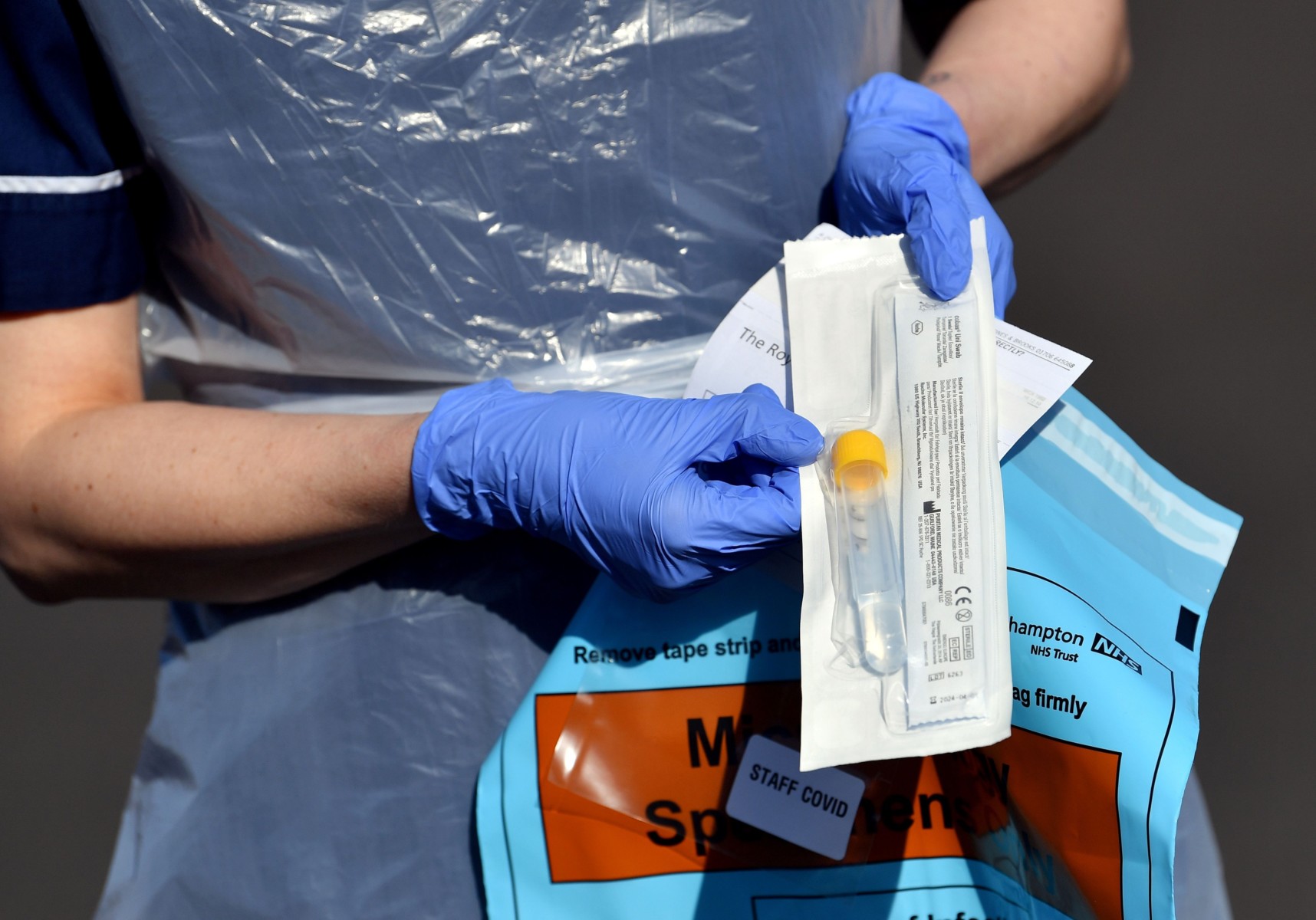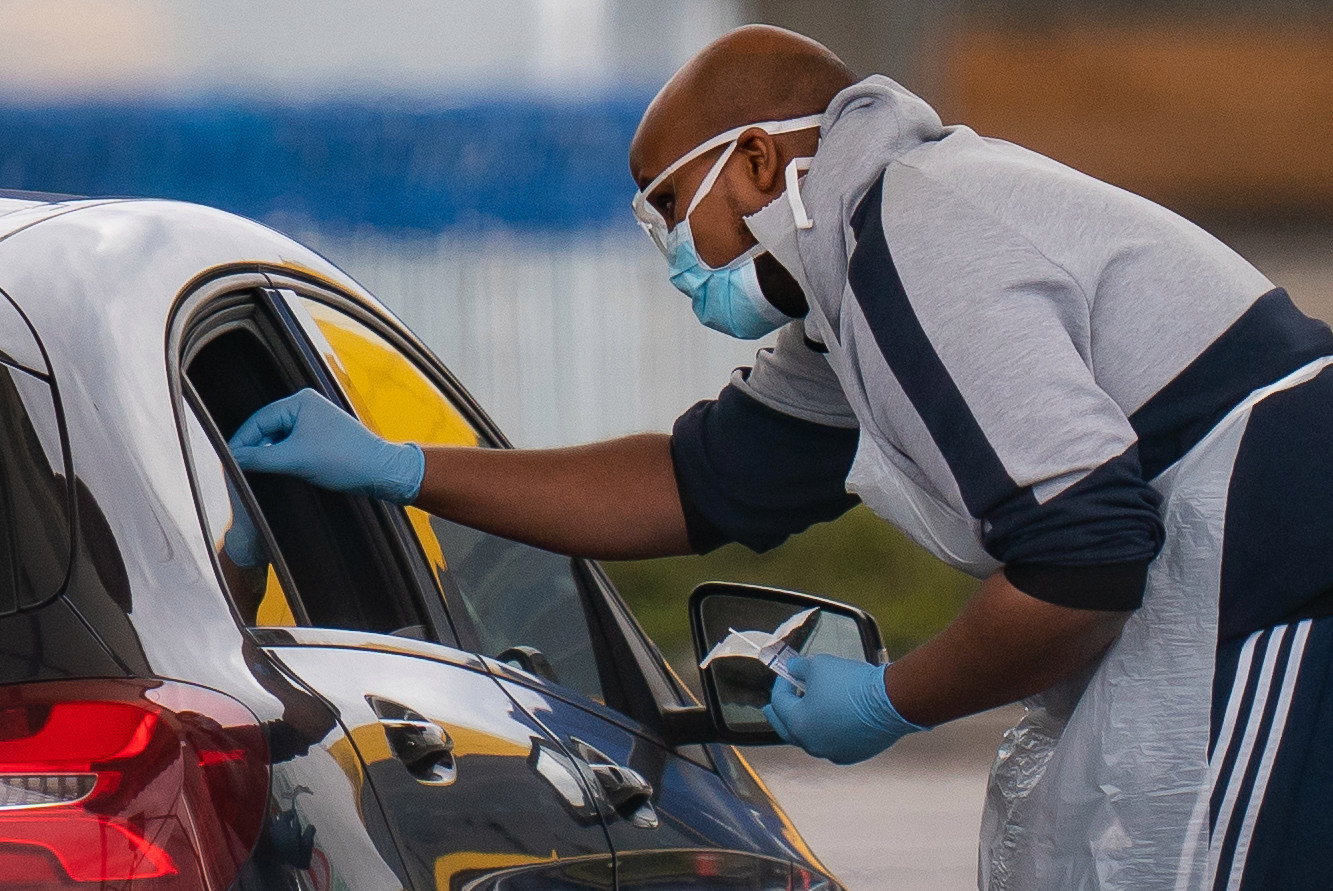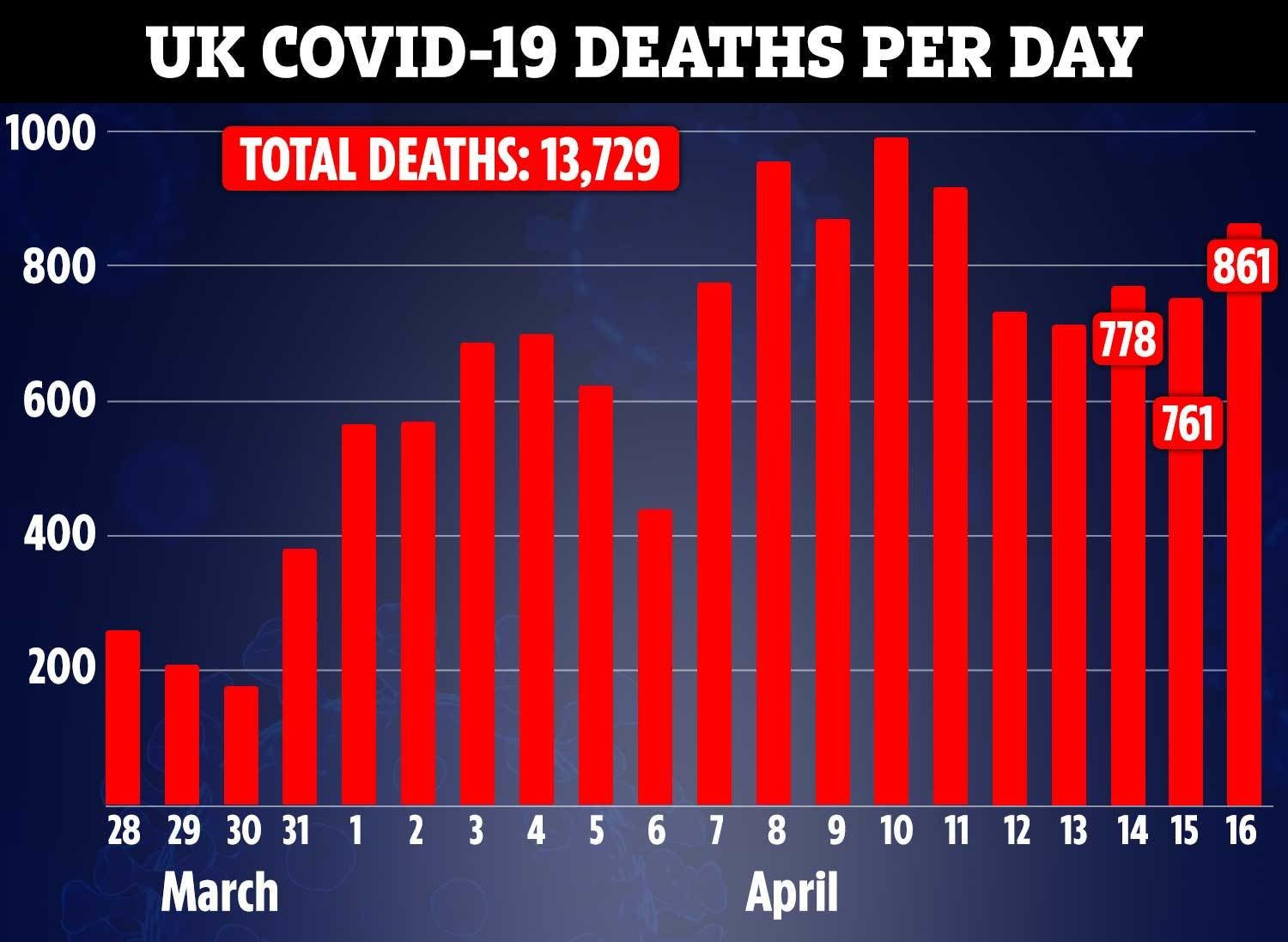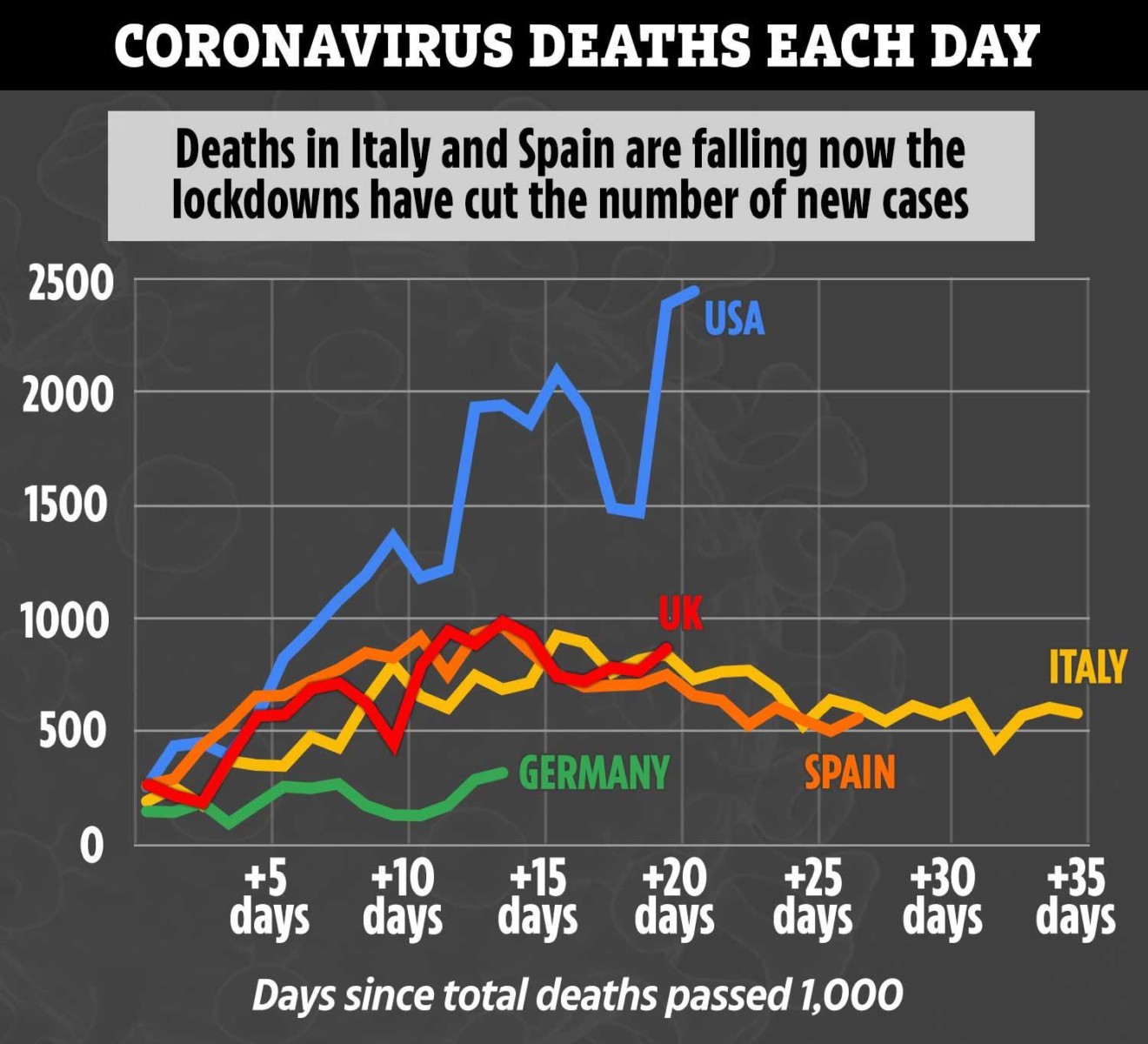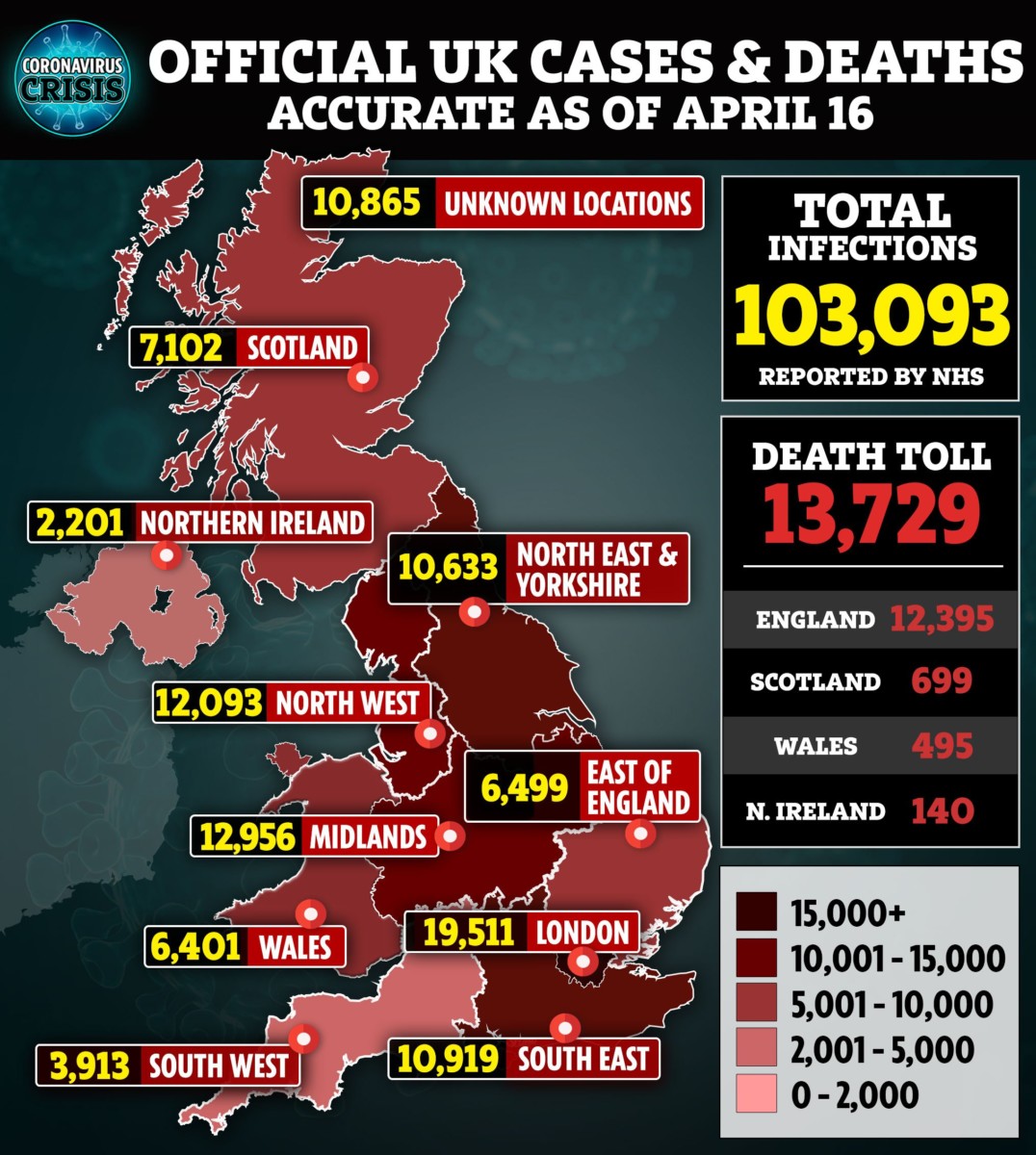BRITAIN’S death rate could have been lower if the UK had tested more people, the Justice Secretary has admitted.
Robert Buckland said the UK couldn’t be compared to Germany because it had started from “a lower base”.
Mr Buckland told BBC Question Time: “Germany had a particular advantage – their diagnostics industry is much bigger.
“(Britain) started from a much lower base”.
Germany has been testing around 100,000 people a day, while Britain has repeatedly failed to meet its own testing targets.
Mr Buckland admitted: “Their death rate is lower because of their rate of testing (which) is much higher.”
“If we were testing much more widely we might have a different set of statistics.”
When pushed on whether this meant lives could’ve been saved if the UK had tested more widely, he said it was difficult to make international comparisons.
He said: “I’m explaining why the German death rate is as it is, it’s a very invidious task for anyone to start making direct international comparisons.
“We all came at this at different times, with different approaches, so therefore you’re comparing apples with pears.”
The UK death rate currently stands at just over 13 per cent, whereas the German death rate is just under 3 per cent.
But the UK have only been testing a very small number of people – a majority of which have been hospitalised, so relative to the number of confirmed cases, the death rate is higher.
Germany has been doing mass testing throughout the community since the outbreak began, and so they pick up a much bigger number of confirmed cases, causing the rate at which people are dying to be significantly lower.
Germany has a much bigger capacity in their laboratories to do testing, and they have had a pandemic preparedness plan in place for years so they could swiftly organise mass testing.
The UK’s own pandemic plans were based on an influenza being the next outbreak which would not rely on mass testing.
The World Health Organisation estimated the death rate for COVID-19 to be around 3 per cent, as of March 3.
But the WHO stressed it was difficult to come to firm conclusions when the total number of infections was not yet known.
They said: “When you look at how many people have died, you need to look at how many people where infected, and right now we don’t know that number. So it is early to put a percentage on that.”
This week, the Government missed its own targets to test 25,000 a week, and doubts have been raised whether they can hit the 100,000 daily test target they said they would meet by the end of the month.
On March 18 the Department of Health announced it would aim to boost capacity up so it could test thousands more people “within four weeks”.
But that deadline has now passed and the UK tested just 15,994 people in the 24 hours up to 9am Wednesday this week.
Britain’s labs have the capacity to carry out 35,000 tests daily but fewer than 19,000 swabs are being done daily, figures show.
Downing Street blamed the Bank Holiday weekend for a limited take-up of tests.
Mr Hancock said tests are now available to all social care staff and residents who are symptomatic – as well as NHS staff and anyone who requires hospitalisation.
Overall, 60,000 NHS and social care staff and relatives been tested so far, but just 500 social care staff.
4,000 have been invited for tests, but there are no updated figures on how many have been done yet.
